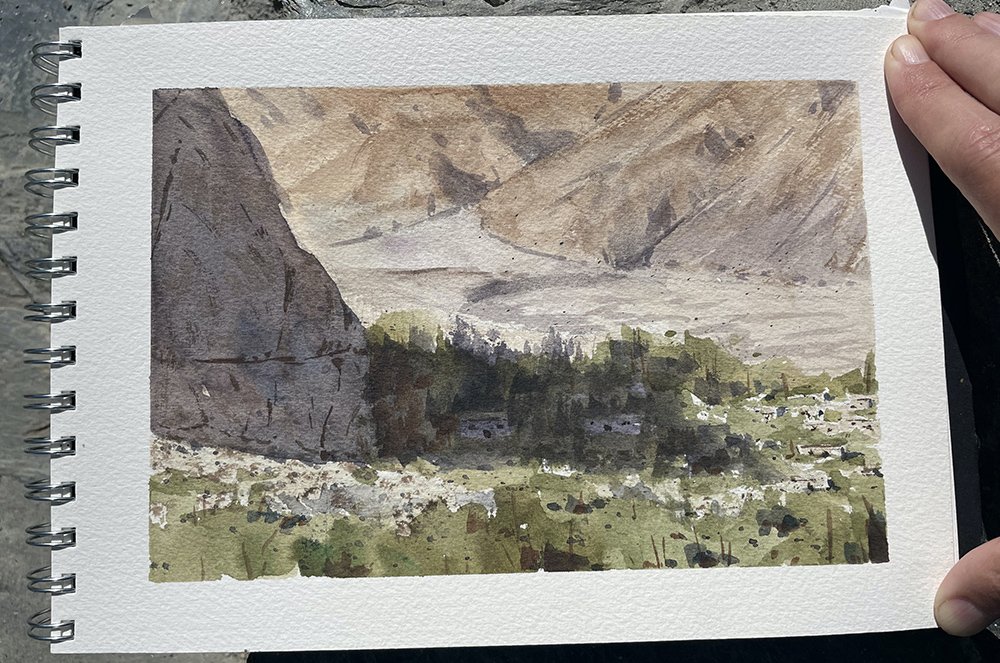Less is More - Focus on What Matters, Not This..
I recently posted a video on my YouTube channel [here] addressing a subscriber's question dealing with creating a painting with less detail. It's questions like these that keep me on my toes and make me contemplate the madness behind my painting. Many may not know that I spend a lot of time when I'm not painting thinking about the process. I study images of other artists' work and dissect them. I want to know what they were thinking when they did it - determine how they achieved the effects they created.
Mental Notes & Focus And then, after reading or studying some images - I attempt my own paintings. While I'm painting, I'm keeping my focus on what I wish to achieve with this one. I visualize the colors, contrast, composition, textures and brush handling of the end result. I attempt to leave all details of the subject behind - not even worry about the object before me. Am I painting a bottle? or apple? Doesn't matter. I must reduce them to shapes, forms, masses, color notes. It is these very things that create the image of the apple or bottle. I'm constantly comparing each stroke that I paint on, to the one before it. Maintaining the value structure is of utmost importance. Without this, the painting becomes muddy or boring.
Here's my latest effort at loosening up & keeping the focus where it should be. This one's 9" x 12" and completed with one brush #10 Bristle with 3 primaries plus white.
Lost in the Pit of Details If you don't keep these things in mind while painting, what are you focusing on? Probably focusing on how many leaves are on the trees, or how many dots are on that orange, or how many stripes are on a shirt, etc.. getting lost in meaningless details that don't benefit your concept or add to the image. It's not the details that create a realistic image - it's the whole of the value structure, color, composition, and subject.
It's Okay to Fail Learn But even with all these things in mind, or at least some of them, it doesn't mean that I always succeed - I've been guilty more than not for focusing too much on details and worrying about getting things just right. I'll probably never get to the point where I will always succeed. That's just how this works. It doesn't mean that I won't give plenty of good efforts. It just means that I may have more failed attempts than good paintings. But that opens me up for more learning and more progression in the long run.
And here's a failed attempt I painted right before the painting above. Although I consider this one a failed attempt, it doesn't make it a bad painting - it just means that it didn't come out as I had anticipated & that I didn't keep my focus in the right area or direction. This one's a 6" x 8".















